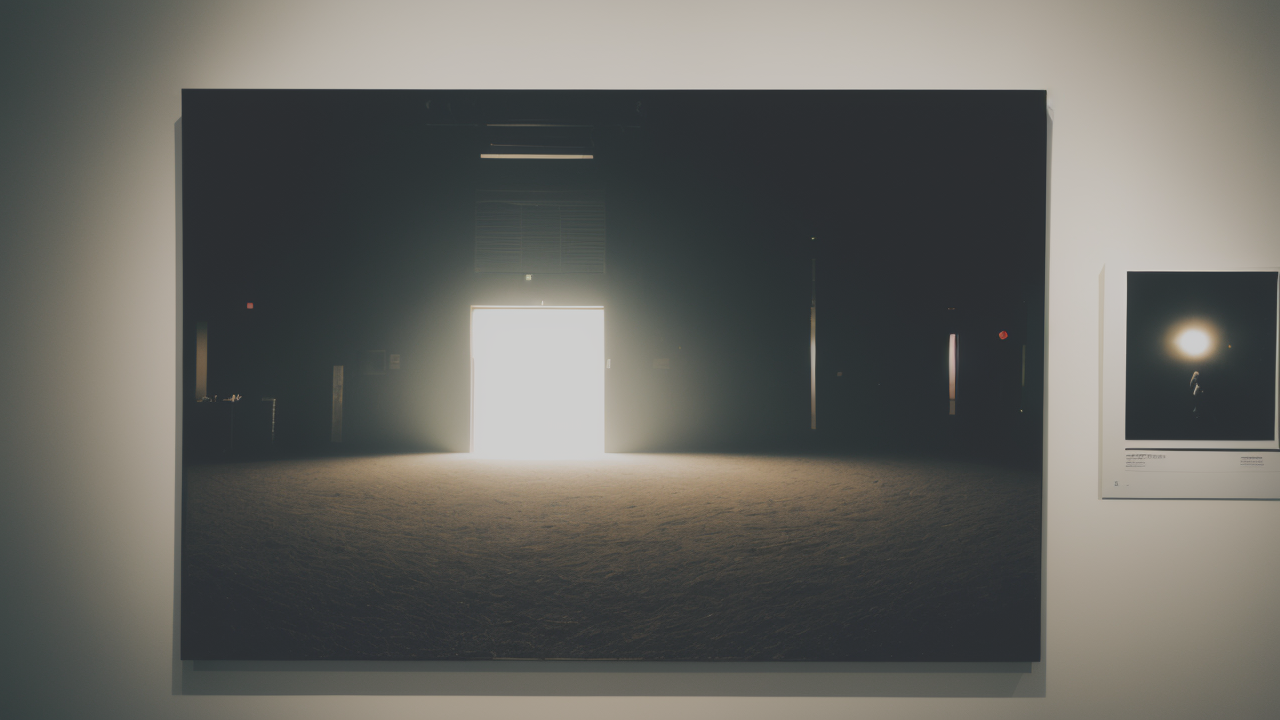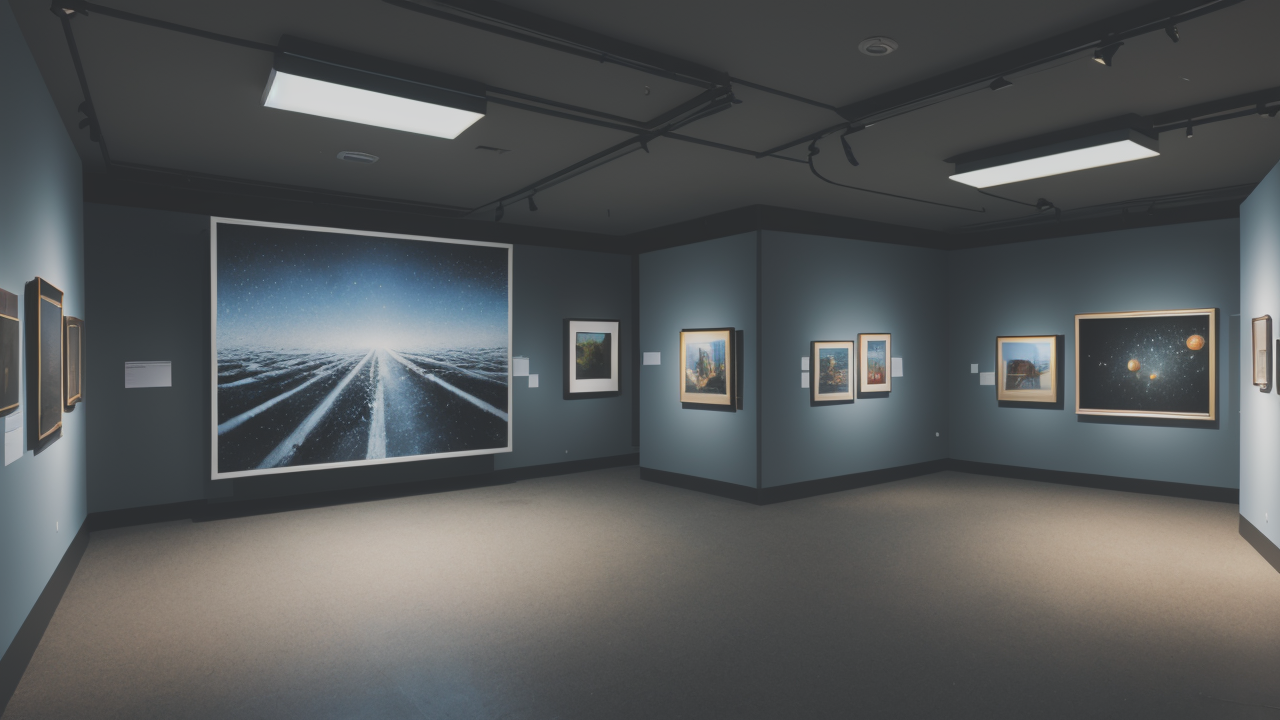
Bridging the Gap: Integrating Digital and Traditional Media in Abstract Art
The Intersection of Pop Culture and Fine Art: Understanding Abstract Pop Art
The Rise of Pop Art in the United States
Pop Art took America by storm in the 1950s. It was a fresh take on art that caught everyone's eye. Artists like Andy Warhol and Roy Lichtenstein led this new movement. They turned everyday items into exciting artworks.

Pop Art drew from things people saw daily. It used images from ads, comics, and movies. This was very different from traditional art. It spoke to people in a new way. The bright colors and bold designs were eye-catching.
New York City became the hub of Pop Art. From there, it spread across the country. People loved how fun and easy to understand it was. It wasn't just for art experts. Everyone could enjoy it. This made Pop Art a big part of 1960s culture.
The Essence of Abstract Art in a Modern Context
Abstract art is quite different from Pop Art. It doesn't show real objects. Instead, it uses shapes and colors to express ideas. Today, abstract art is still changing and growing.
Modern abstract artists mix old and new methods. They use paint, but also digital tools. Many explore big themes like identity and nature. Some even use data and science in their work. This creates art that makes people think.
Abstract art today comes in many forms. It can be bold or quiet, simple or complex. Artists are always trying new things. They want to show us new ways of seeing the world. This keeps abstract art fresh and interesting.
Curating an Exhibition: Best Practices for Showcasing Abstract Pop Art
Selecting Art Pieces: Balancing Quality and Representation
Choosing art for an abstract pop art show is a big task. You want the best art, but also a good mix. It's important to include both famous and new artists. This gives visitors a full view of the art form.

When picking art, think about these things:
- How it looks and feels
- What ideas it explores
- How it fits with current trends
- Different styles and materials used
Try to have a balance. Include big, eye-catching pieces and smaller, detailed works. This variety keeps things interesting. It helps appeal to different tastes too. Remember, each piece should add something special to the show.
Creating an Engaging Exhibit Layout
How you arrange the art is very important. It affects how people see and enjoy the show. You want to create a smooth flow from one piece to the next. Think of it like telling a story through the art.
Here are some tips for a good layout:
- Put similar works near each other
- Use lighting to highlight important pieces
- Leave enough space around each artwork
- Add some interactive parts to get people involved
You can use digital screens to share more info. This might include artist stories or historical facts. It helps people understand and appreciate the art more. The goal is to make the visit both fun and educational.
Utilizing Digital Platforms for Pre-Event Buzz
These days, online promotion is a must. Use social media to get people excited about your show. Share sneak peeks of the art and behind-the-scenes looks. This builds interest before the event.
Try these digital promotion ideas:
- Make a special hashtag for your event
- Do online Q&As with the artists
- Post videos of setting up the show
- Give special content to email subscribers
Work with local art bloggers and social media stars. They can help spread the word. This can bring more people to your event. Keep your message clear and the same across all platforms. Start promoting early to build excitement.
The Future of Art Exhibits: Trends and Predictions
Incorporating Interactive Elements in Art Exhibitions
The future of art shows is all about interaction. People want to do more than just look at art. They want to be part of it. Interactive elements can change how we experience art.

Some cool new ideas include:
- Virtual reality that lets you step into a painting
- Apps that add extra info when you point your phone at art
- Screens you can touch to change the art
- Art projects that grow as visitors add to them
These fun elements keep people interested. They make the art experience more memorable. People spend more time with each piece. This can help them understand and enjoy the art more. It's a way to make art feel alive and personal.
The Role of Social Media in Promoting Art Events
Social media is super important for art events now. It lets you talk directly to people who might come. Picture-based apps like Instagram are great for showing off art.
Good ways to use social media include:
- Making posts that people want to share
- Asking visitors to post their own photos
- Showing live videos of event openings
- Using ads to reach people who like art
Make sure to reply to comments and messages quickly. This builds a community around your event. It makes people feel connected and want to come back. Social media can turn your event into a shared experience.
Emerging Technologies in Visualizing Art Data
New tech is changing how we look at and understand art. It offers new ways to show information about art and artists. This makes art more accessible and interesting to everyone.
Some exciting new tech includes:
- AI that can analyze art styles
- 3D maps that show brush strokes up close
- Timelines you can click through to learn about art history
- Online galleries you can visit from home
These tools help visitors learn more. They also help experts study art in new ways. This opens up many new possibilities for enjoying and researching art. It's making art more interactive and easy to explore for all.


